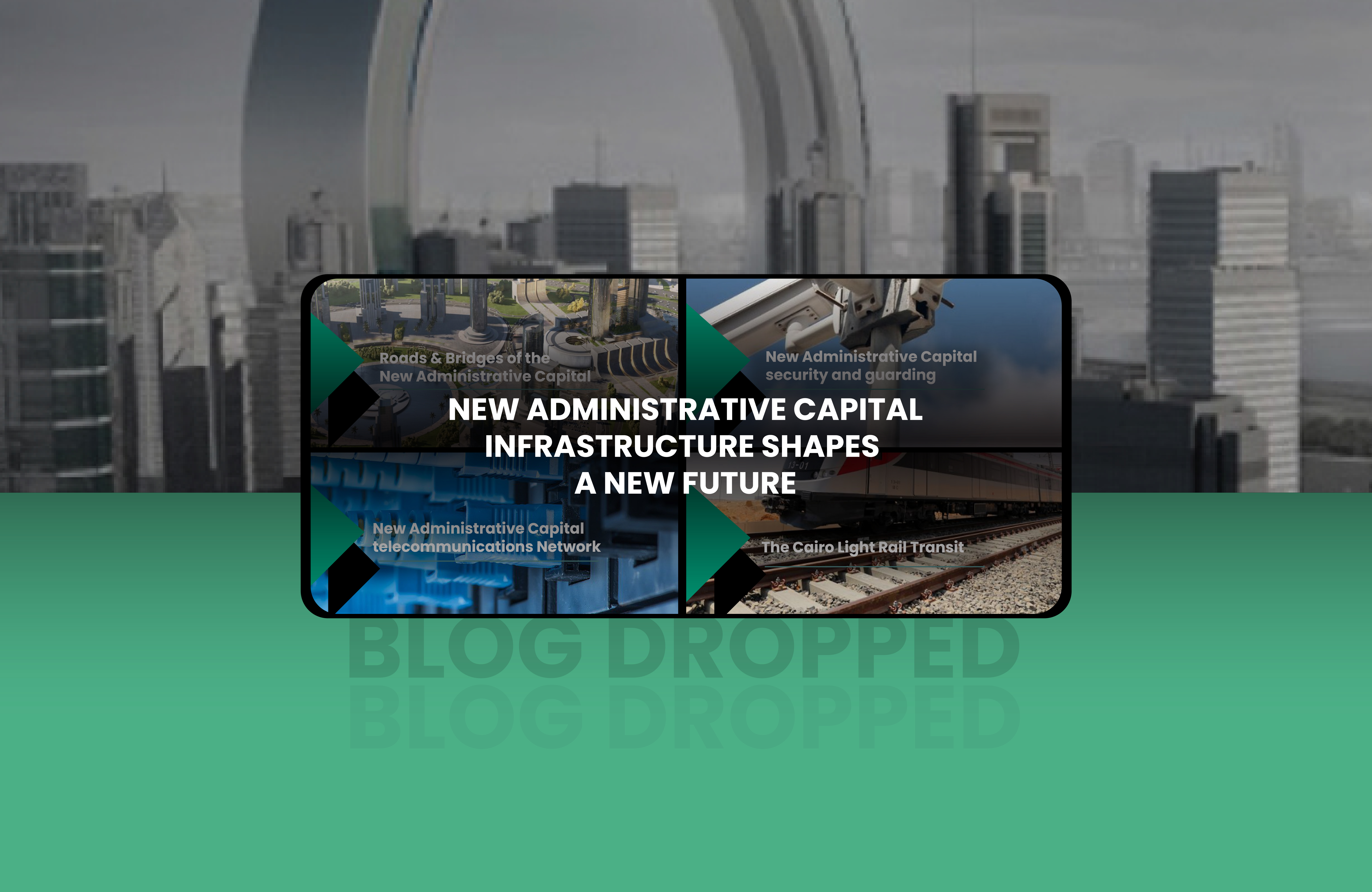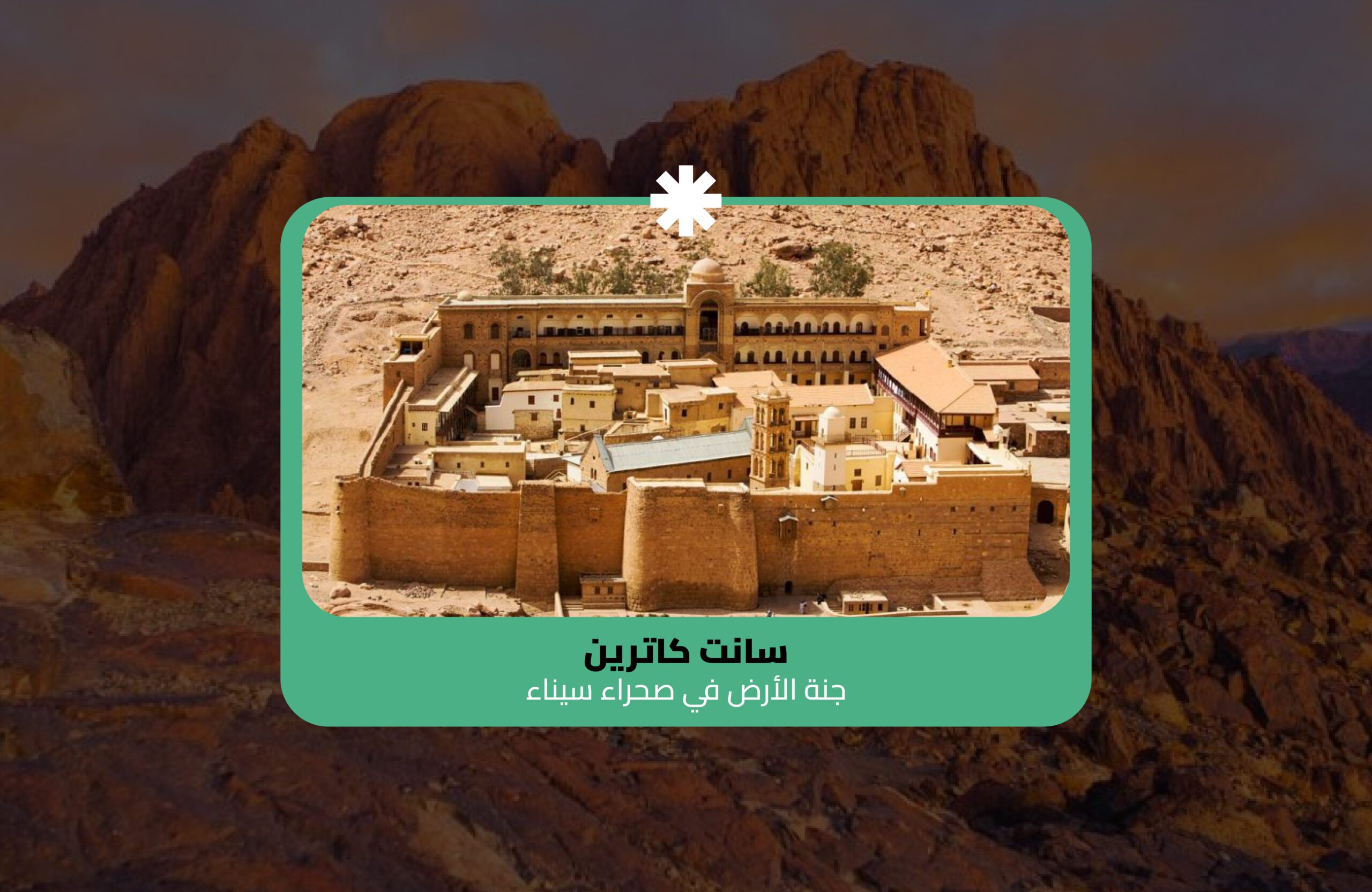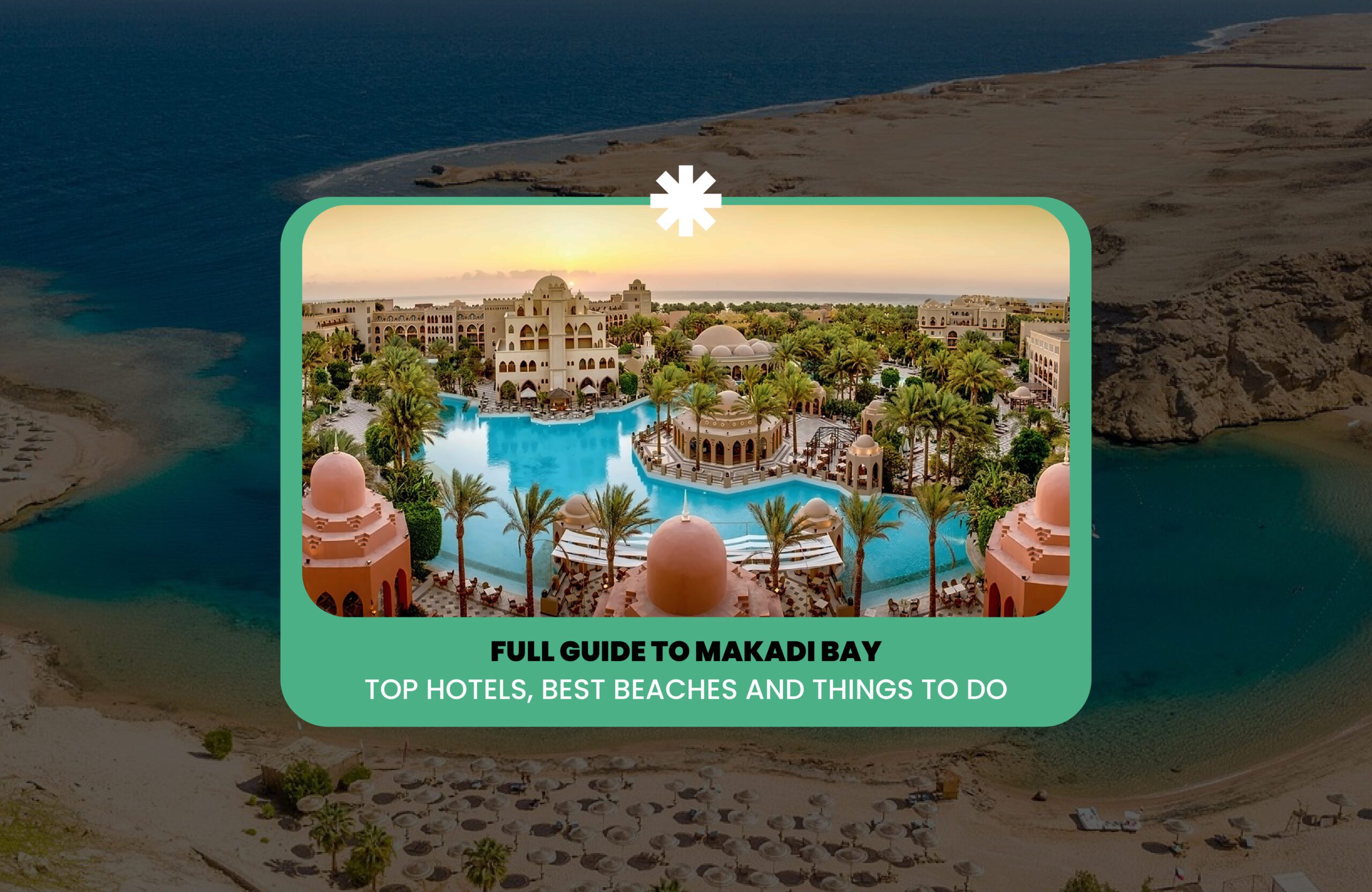Since 2015, the new administrative capital in Egypt has been under construction. The city is a large-scale project established to relieve congestion in Cairo, which is already one of the most crowded cities in the world. The Capital City is an integrated, livable, and fully-served city. It is expected that this New Capital will be the home to over 6 million Egyptians as well as some of the finest and most premium projects, whether residential or commercial.
This New Capital City is expected to create a great deal of jobs and investment opportunities and, of course, boost tourism. Seen to have such an impact, as well as impacting and shaping a new future, the government has put into consideration building a strong infrastructure that could last years and generations. As a result, the government has hired many workers to finish the construction of roads, bridges, and tunnels that connect Cairo to the New Capital. In addition, the government has opened new infrastructure projects; some are now underway, but the rest are finished.
Infrastructure for the new capital shapes a new future after decades
Generally, no community can live without infrastructure. It is a variety of physical and organizational structures and facilities such as buildings, roads, and electricity. It also enables citizens to participate in the economic community and provides essentials such as food and water.
The government has planned to establish high-quality infrastructure in the New Capital to match international standards.
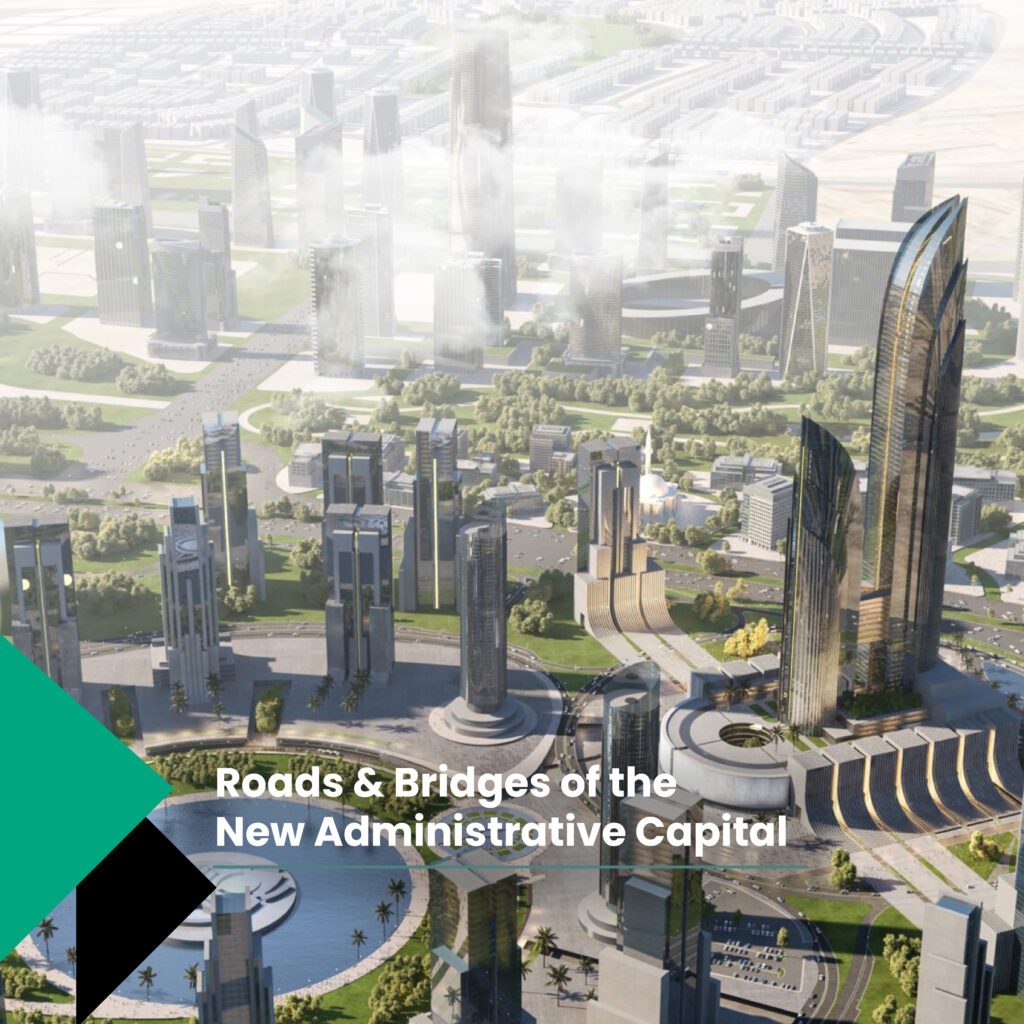
Roads & Bridges of the New Capital City
The New Capital is characterized by a modern street network. It includes four main transverse and longitudinal roads: the Middle Ring Road, the Regional Ring Road, the Cairo-Suez Road, and the Cairo-Ain Sokhna Road.
The road network connects the capital with seven governorates: Suez, Red Sea, Ismailia, Giza, Fayoum, Sharkia, and Qalyubia.
This pillar is built with the aim to ease accessing the New Administrative Capital as well as easing internal commuting.
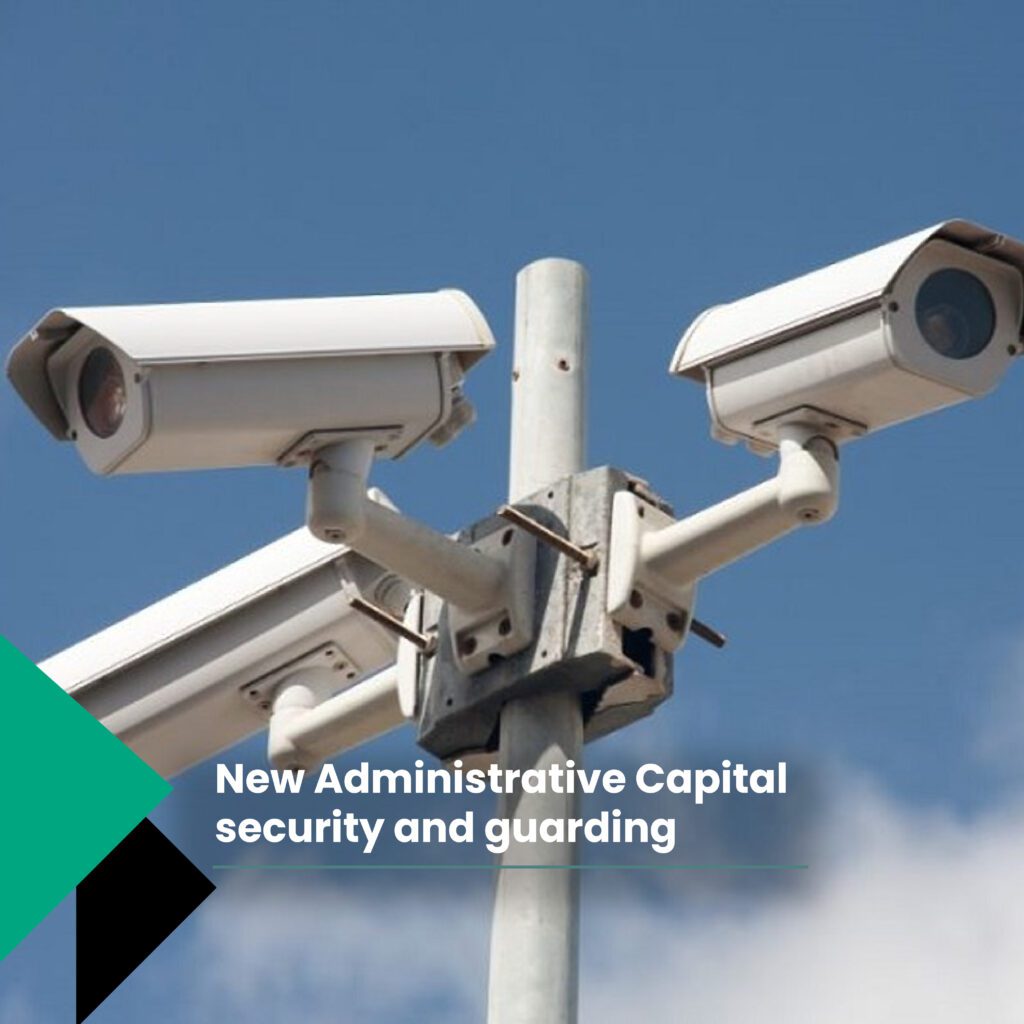
New Administrative Capital security and guarding
The administrative capital City features the first control and security center and public safety services provided by 6000 cameras strategically placed across the city. On 127 acres, the New Capital will include: (a conference center – medical city – sports city – exhibition city – city of arts and culture).
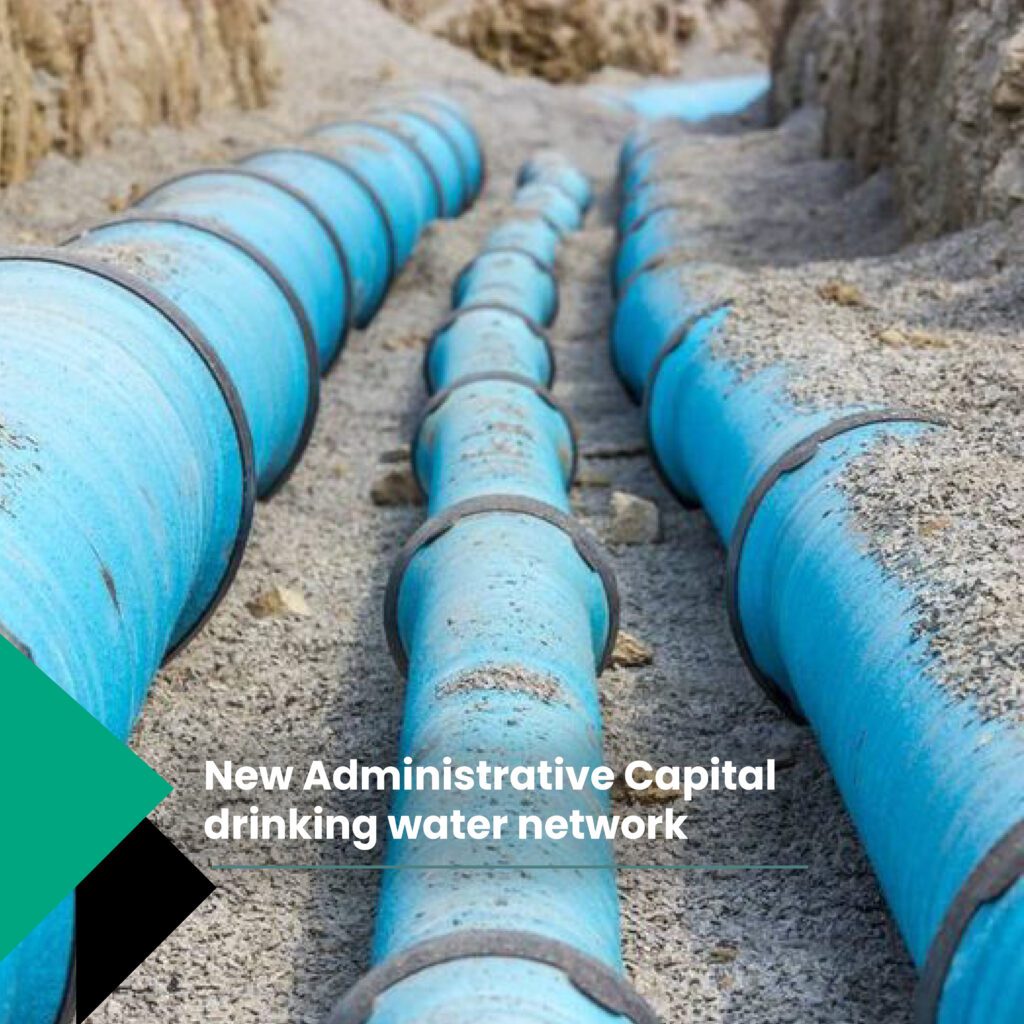
New Administrative Capital drinking water network
The drinking water network and fire fighting combined under the streets to feed different project areas.
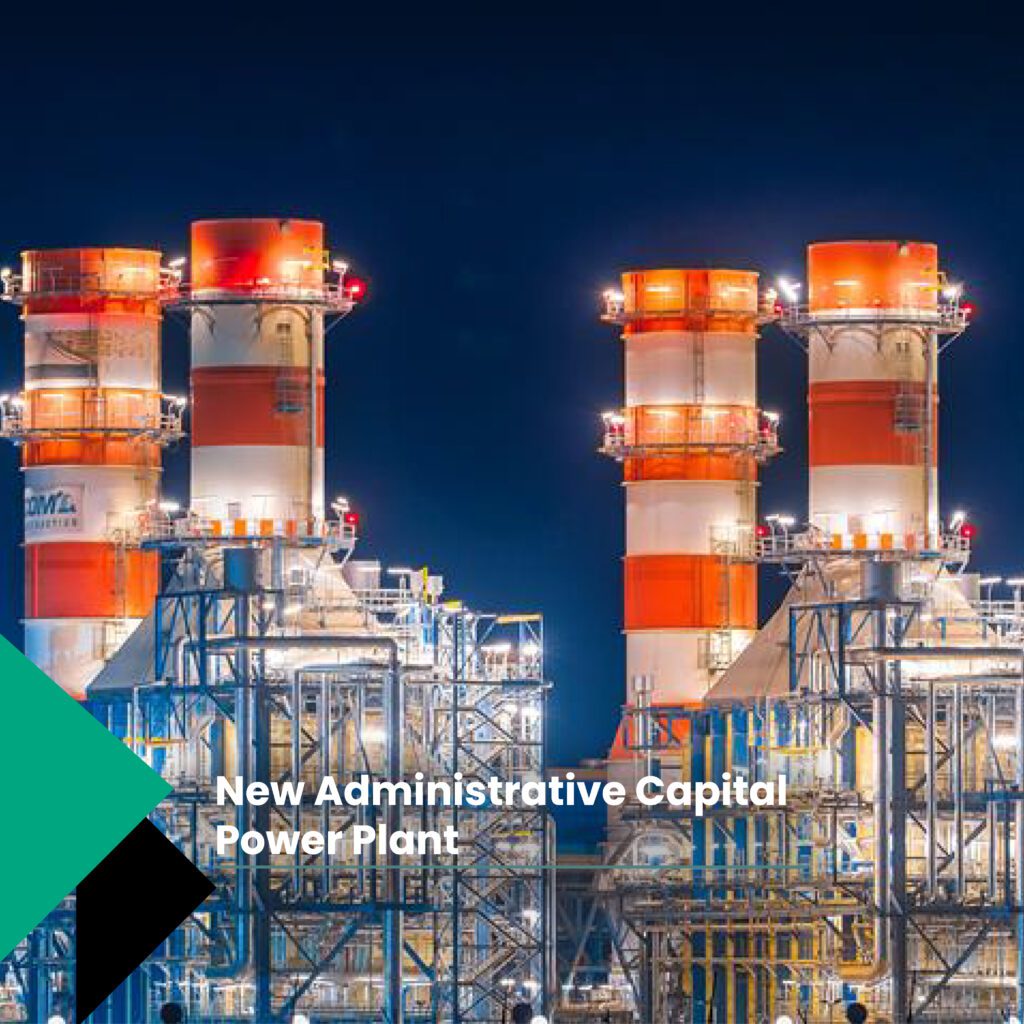
New Administrative Capital Power Plant
The Egyptian Minister of Electricity and Renewable Energy said that the New Administrative Capital electrical power plant is the largest of its kind in the world.
The New Capital Power Plant is a combined cycle gas turbine power plant 4,800-megawatt dual-fuel fired power project. It is active and has been developed in many phases by EL Sewedy Electric, Orascom Construction, and Siemens.
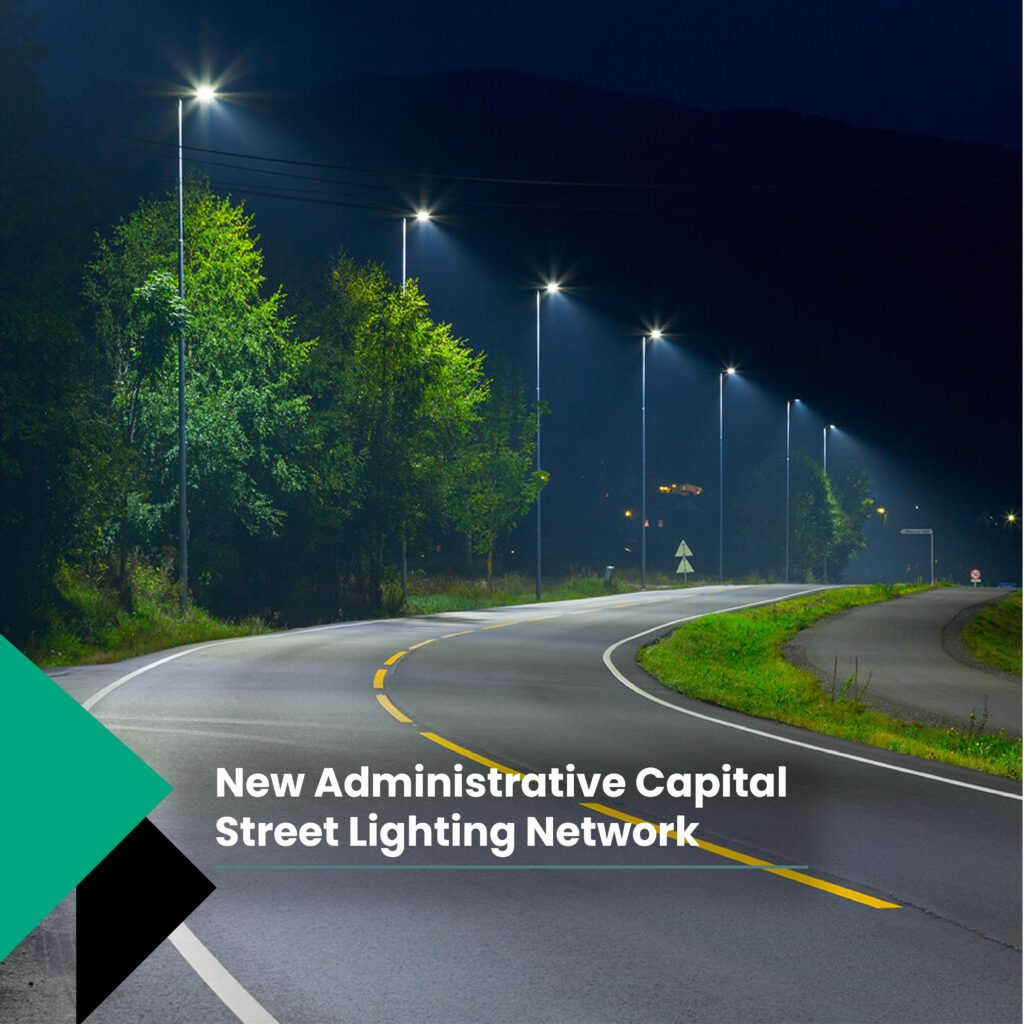
New Administrative Capital Street Lighting Network
It is an intelligent city that features a street lighting system that is extremely modern. There are two types of lighting poles: normal and smart lighting poles.
Smart poles offer a variety of services, such as a WiFi network, CCTVs, billboards, electronic signs, and amplifiers.
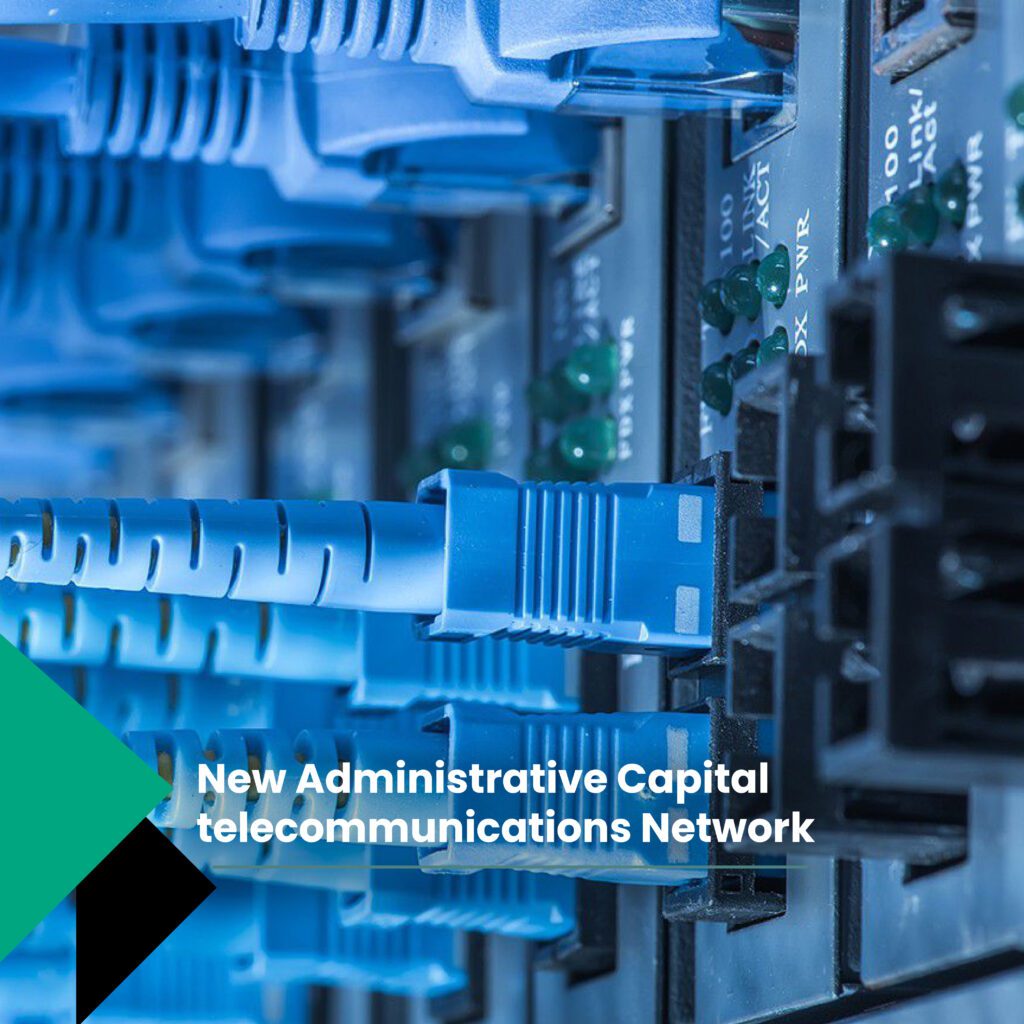
New Administrative Capital Telecommunications Network
The Telecommunications network is designed to provide smart and secure services to all regions. The network works by the Air Blown Fiber System, which uses air to install fiber optical cables in areas that are hard to reach or have limited access.
Transportation for the New Administrative Capital
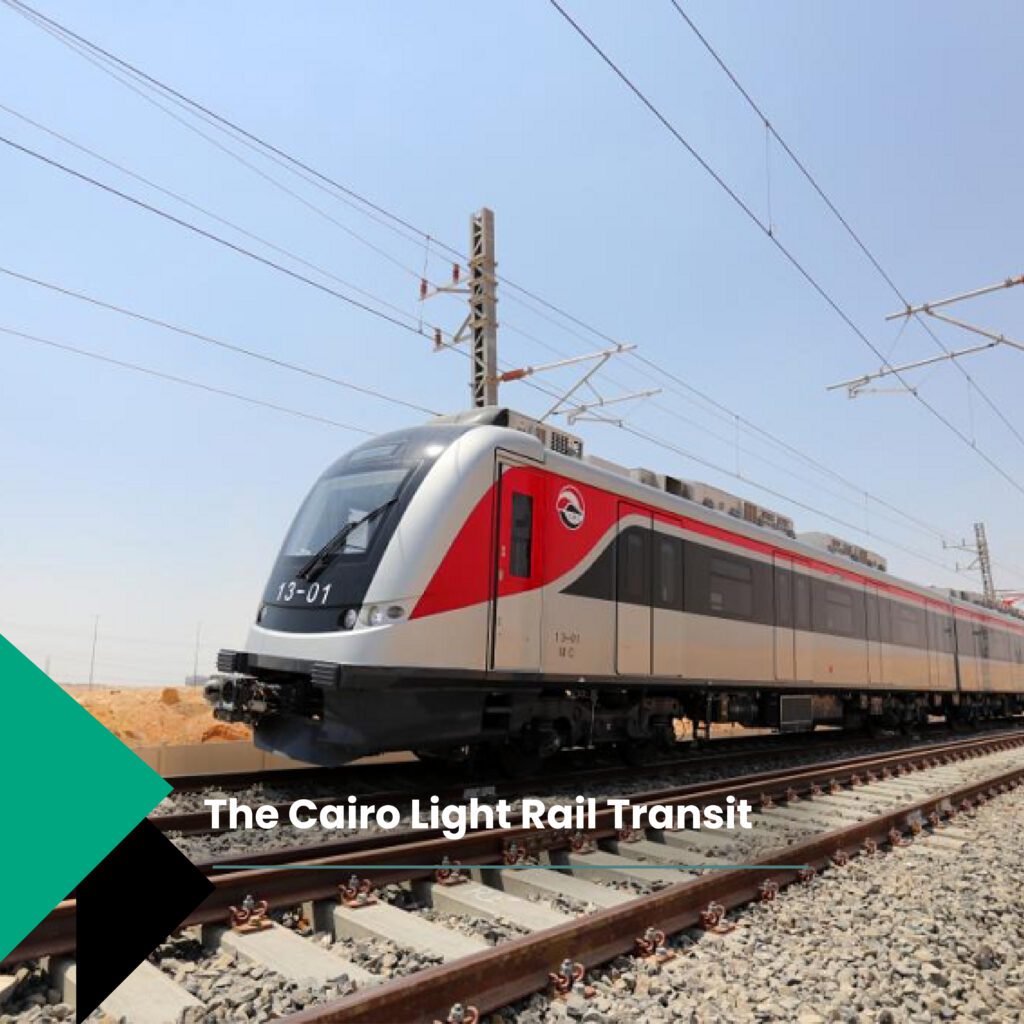
The Cairo Light Rail Transit
The LRT is an electric light rail system connecting Cairo with the new administrative capital and the 10th city of Ramadan. The whole route is over 100 km and includes 19 stations.
The first line of The Cairo Light Rail Transit departs from Adly Mansour Station at Al Salam City, divided into two branches at Badr City. The line starts at Adly Mansour Station at Al Salam City on Cairo Metro Line 3 and splits into two branches at Badr City. One runs north parallel to the Cairo Ring Road to the 10th Ramadan City, and the other turns south towards the new administrative capital.
The train transports electricity in the governorates of Cairo, Qalyubia, and Sharqiya in order to connect the new cities east of Cairo (Al-Salam, Al-Obour, Al-Mustaqbal, Al-Shorouk, New Heliopolis, Badr, the 10th of Ramadan, and Al-Rubiki, Gardens of the Capital, and the Administrative Capital). The train intersects with the neighboring capital, the express train station in the Administrative Capital’s central area.
Monorail Egypt
The monorail project includes a 54 km line connecting the new administrative city to East Cairo and a second line of 42 km connecting the 6th of October City to Giza.
The Monorail New Capital Line has 21 stations, and the 6th of October City Line includes 12 stations.
By the end, the New Administrative Capital was designed to be a livable city with integrated and perfect infrastructure. Its facilities are considered one of the tops in the world. The Egyptian government has considered all essential elements that assist in building and maintaining a large sustainable city that would be home to numerous generations. The main aim is to have a city and a new capital that strengthens and diversifies the country’s economic status by creating new investment opportunities and new places to visit, live, and work. Consequently, the government has developed the smart city with smart and integrated facilities and infrastructure, from perfectly designed roads and smart renewable energy to smart transport terminals such as ports, rails, and airports. The government has made the impossible possible.
